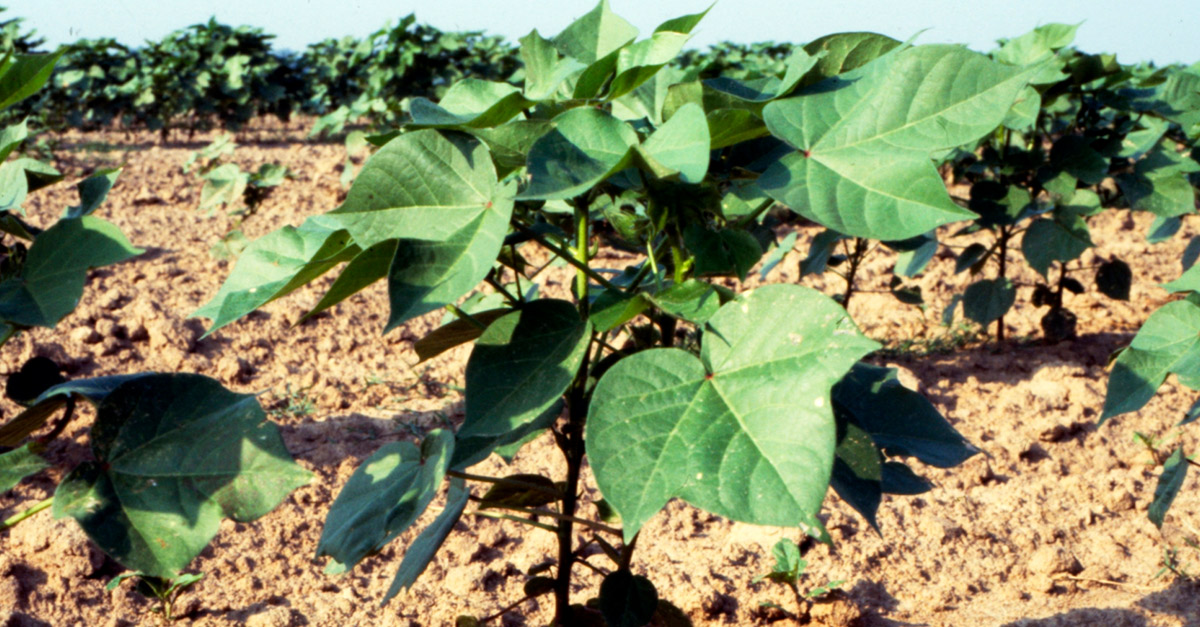Walking a Fine Line with PGRs
When farmers first started looking at variable rate applications of plant growth regulators, the idea was to vary the rates depending on the crop conditions they encountered as they went across the field.
Some growers are doing that, but others are trying – or perhaps should be trying – a different approach: slowly increasing the amounts of PGRs from one application to the next to reflect stronger varieties, higher nitrogen levels, and environmental conditions.
Not all formulations of mepiquat chloride, the primary ingredient farmers have been using to manage plant growth in cotton for decades, are the same. Recently, the use of Stance, which also contains cyclanilide, has increased.
“We went from our standard 4.2% mepiquat chloride products to formulations with six times that concentration,” says Dr. Tyson Raper, University of Tennessee Extension Cotton Specialist.
“When we’re talking about rates, we often still use that 4.2% rate,” he explains. “There’s some 4.2% product out there, so we must be careful. There’s no real difference if you’re applying the same amount of active ingredient.”
When mepiquat chloride was introduced as Pix in the 1980s, it was relatively expensive. “Because it was so expensive, we always ran low rates early in the season,” notes Raper. “As the product has become cheaper, we’ve seen use slide further into the growing season. And because some of our newer varieties are more aggressive, it seems like we’re having to apply more to slow down plant growth.
“And because it’s much cheaper and we’re not applying it as early, we’re also having to apply more just based on those use patterns. We’ve also seen Stance, which also has a different active ingredient, take more of the market and help with regulating plant growth.”
The amount of nitrogen available to the plant is another factor. “My major professor at Mississippi State University talked about plant growth regulators as the brake and nitrogen as the gas pedal,” he recalls. “Sometimes we’re stomping on both of those at the same time, but it might be better to slow down.”
The Southeast historically has not been a soil nitrate testing region because of the extreme variability of nutrient levels, depending on the time of year and the soil type. Record nitrogen prices may change that.
“I think there’s an opportunity to try soil nitrate testing and fine tune the system,” he says. “That is not going to solve what I’ll call an increased need for plant growth regulators. But it can help along with starting with a small amount of plant growth regulator early in the season.”
How early? Raper suggests starting at the pinhead square-matchhead square stage. “We’re not talking about a strong application, but one to help the plant focus on reproductive growth rather than vegetative.
“We’ve been trained to aim for rapid canopy development to shade out troublesome weeds. The best management of plant growth would restrict that excessive vegetative growth to make sure we’re maintaining internode elongation that will allow light to penetrate deep into the canopy to those fruiting positions that will generate the greatest return on investment.”
As the season progresses, growers can assess internode elongation and match subsequent applications based on the vegetative potential of the plant.
“You have multiple low dose applications occurring throughout the season,” says Raper. “Then, if it stops raining or a pump goes down, you’re not stuck with some negative consequences of aggressive applications.”
Another benefit: most PGR applications can be made when growers are spraying herbicides or insecticides, reducing the cost.









